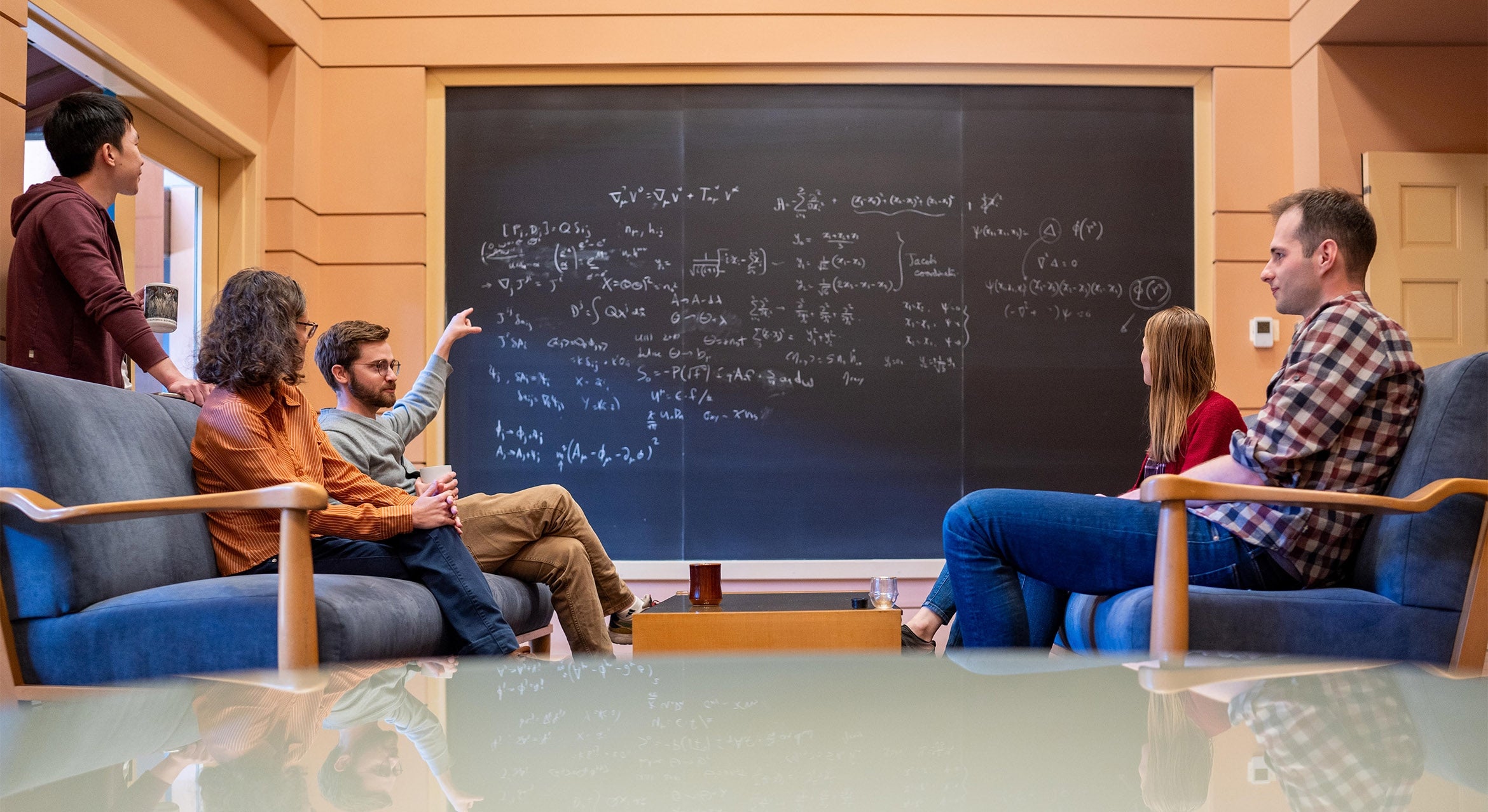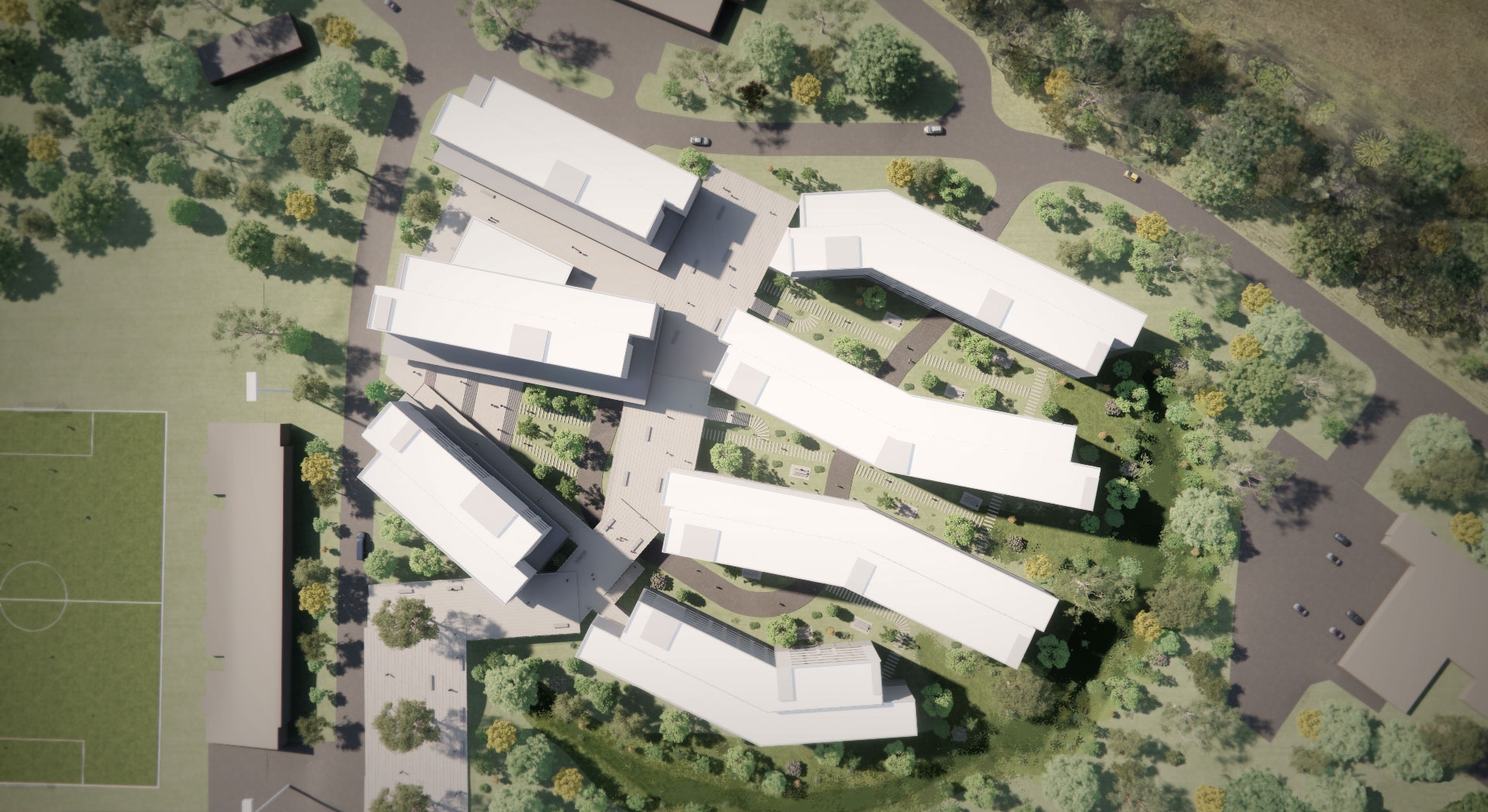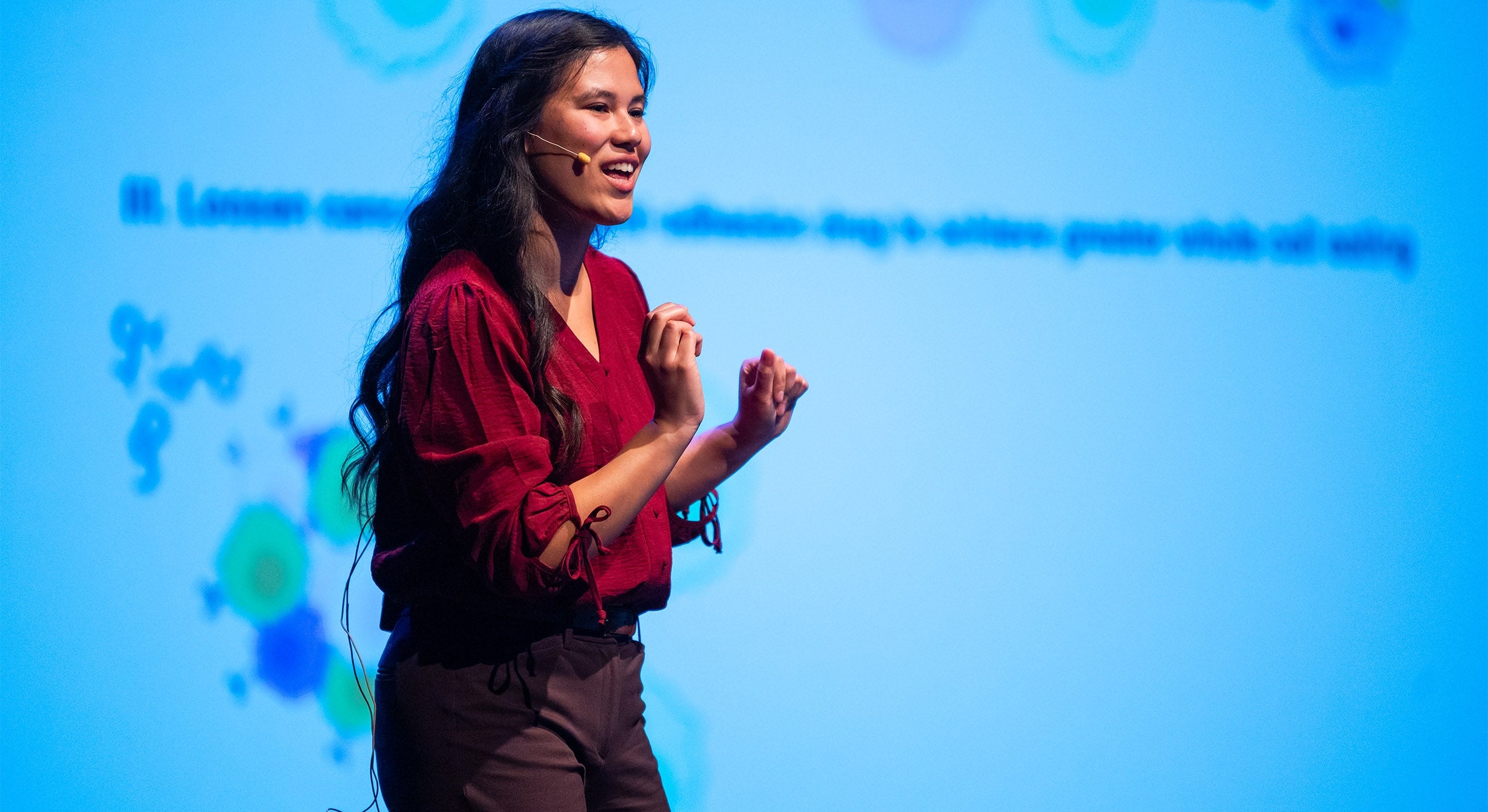Rising Up
Remote instruction, by very definition, is not the same as in-person coursework. But can it be just as challenging and engaging as face-to-face education? Affirmative, say many faculty at UC Santa Barbara, where courses continue to be conducted via distance learning amidst the pandemic.
“Remotely taught courses can be as rigorous, and perhaps even more so, than in-person courses,” said Nicole Alea Albada, an assistant teaching professor of psychological and brain sciences. “As instructors, we have to be more intentional in our lectures and more creative in our assessments. And in remote courses, instructors are more likely to break down their courses into smaller learning segments.”
How does that look? The traditional hour-long lecture may be replaced by shorter, recorded lectures that students can watch and re-watch until they understand the concept. Instead of two or three big tests each quarter, students may be assessed with, say, weekly quizzes and writing assignments.
“These types of formats are actually thought to benefit student learning,” Albada said. “And I suspect that even when we are back in in-person classes, I will keep some of these ‘best practices’ used in my remote courses to help students learn the difficult concepts in my courses.”
Albada was among the 138 faculty members who participated in UC Santa Barbara’s inaugural Reimagining Instruction for the Student Experience (RISE) Institute seminar. Over five weeks, they thought, talked and learned about research-based ways to redesign their courses for remote instruction — and with students top of mind. Teaching strategies, assessments, technology and course design were all considered, with focus areas in inclusive teaching, meaningful assessments, fostering class community and creating undergraduate research experiences.
The institute built on efforts undertaken by UCSB’s Center for Innovative Teaching, Research and Learning (CITRAL) and Office of Instructional Development (ID) to support faculty — as they’ve done even more in remote learning. Instructional Development created the Keep Teaching UCSB site for instructors and collaborated with units across campus on the Keep Learning UCSB site for students, as well as on a survey of students last spring. RISE is an extension of that work, as well as of what they learned during the 2020 spring quarter.
“What are the most important things for students to learn and how can those things receive the highest priority in their teaching?” said Linda Adler-Kassner, associate dean of undergraduate education and faculty director of CITRAL. “It all has to do with structure, course design and assessment. RISE was such a great reminder about how wonderful, dedicated and thoughtful our faculty are. It was a really great example of people working together to really do good things and create wonderful learning opportunities for students, and we’re very excited to see what happens this fall.”
“The primary goal is to create high quality learning experiences for students, especially in this remote environment,” Adler-Kassner continued. “In fall quarter and beyond, we will continue to offer workshops on teaching, with a focus on remote teaching for as long as needed. We are creating new sessions on teaching online, hosting online discussions, even bringing in a voice coach to do workshops on teaching presence in remote instruction. Those ideas came from RISE. In CITRAL, we also will focus even more sharply on inclusive teaching and issues of social justice, which are aligned with CITRAL’s mission.”
RISE participant Joseph Blankholm, an assistant professor of religious studies, found freedom in relinquishing any expectation that remote courses replicate in-person classes and simply considering them through the same lens.
“I take the same attitude toward remote instruction as I do toward an in-person course: What are my goals for students’ learning? What do I think they absolutely need to know about religion and politics or religion and pop culture to really understand these topics, but also to live a better life and be a better person?” Blankholm said. “It’s a high bar, and there’s no way I can achieve it, but trying is really important work.”
How that works in a remote context, he explained, is by breaking a course into its constitutive elements, each corresponding to a learning outcome. Take, for example, his course on religion and politics. Reading primary sources introduces them to a wide range of ideas firsthand, unfiltered by a scholarly lens; lectures (recorded and accessible anytime) provide theoretical perspectives with a focus on storytelling that blends theory, historical data, characters and events; teaching assistants help students synthesize the readings and the lectures by way of message boards and optional Zoom sections.
“The biggest realization I had in the shift to remote learning is that this is our reality, and we need to accept it,” Blankholm said. “My question became, how do I make the best of this situation? How can we create a learning community and really engage with one another with the technologies we have? We’re fortunate to have Zoom and message boards and cloud-based video editing software. Let’s use it.”
Tossed into remote instruction with almost no warning, Summer Gray, an assistant professor of environmental studies, said she came out of the 2020 spring quarter feeling “pretty overwhelmed and unsatisfied with the experience of teaching online.” Then she heard about RISE and its promise of guidance for making remote learning a more engaging experience — and was immediately drawn to enroll.
“I was really impressed by the RISE curriculum and feel grateful for the opportunity to have learned from an amazing group of experts,” Gray said. “I went into RISE looking for ways to create a more inclusive learning environment for my students, and I feel much more confident as a result.
“I approach remote instruction from the perspective of the student,” she continued. “I am mindful of the difficulties, logistically and emotionally, that remote learning poses for our students as they navigate the challenges of a global pandemic coupled with the devastating realities of social injustice and political polarization. I’m also mindful of the social inequities of online learning.”
To mitigate that, Gray explained, she designed her courses in a hybrid format, using a combination of both synchronous and asynchronous activities and engagements, from Zoom to Flipgrid. All of her lectures are pre-recorded and available to stream online, but also contain element requiring interaction, such as “quick write” assignments and engagement activities. Her courses are built in a predictable weekly format and simple structure, Gray said, “so that students can manage their time and succeed with each weekly milestone.”
The study of art presents challenges that faculty are facing and embracing in unique ways, many of which have evolved from today’s stay-at-home reality, from video tours of art exhibitions to supplementary materials provided by museums themselves.
“I am looking forward to giving students a wider variety of direct (virtual) engagement with individual works of art, works in context, historical material, interviews with scholars and curators, and demonstrations of artistic techniques,” said Ann Jensen Adams, a professor of the Department of History of Art and Architecture. “I am also creating more projects for small groups of students to work together, such as designing an advertisement for one of our ‘old master’ artists, and an online exhibition of works we will be studying. For my graduate seminar, we will be discussing some of our course readings though Zoom with their authors — faculty colleagues of mine at Dutch universities.”
Initially daunted by the idea of remote teaching, Adams said that participating in RISE, itself delivered online, provided her with “a vivid taste of what the experience might be for our students — both stimulating and challenging and, to my surprise, fun.”
“This is a challenging time for all of us not only in the sphere of education, but in all areas of our lives,” she said. “Students need to be generous with themselves and their expectations. In my own courses, I anticipate that I will be covering less material in terms of breadth, but making up for it in depth. I am optimistic that there are elements of student engagement with the material, with me, and with each other that will prove to be highly valuable. Indeed, I anticipate that there are going to be elements that we will want to keep once we move back into the classroom in person.”
But until then, emphasized Gray, the environmental studies professor, “We care deeply about our students and are equally saddened by the realities of our time, but we are determined and committed to keeping the exchange of knowledge alive. Knowledge is power and it will help to guide us through this dark time.”



